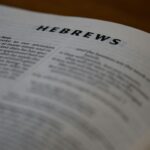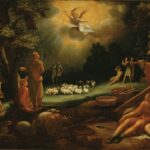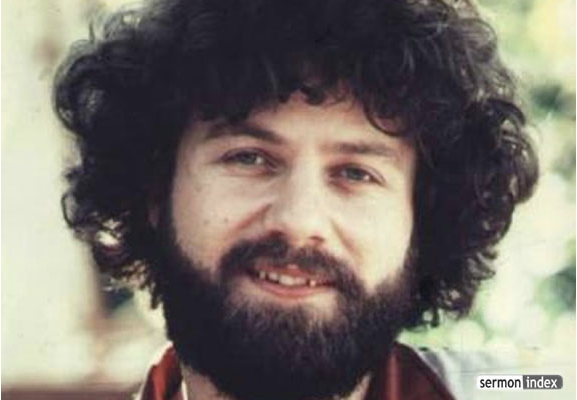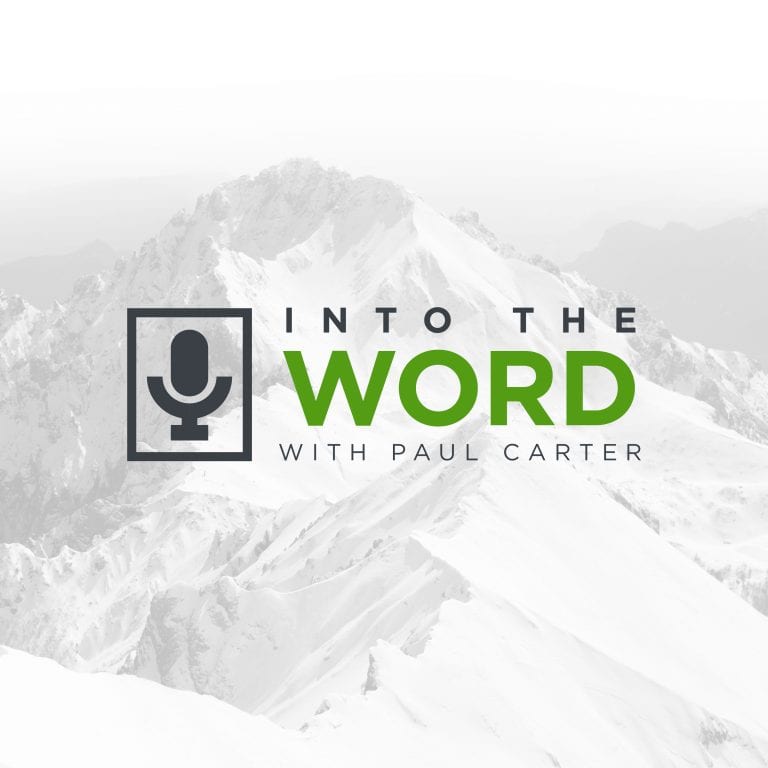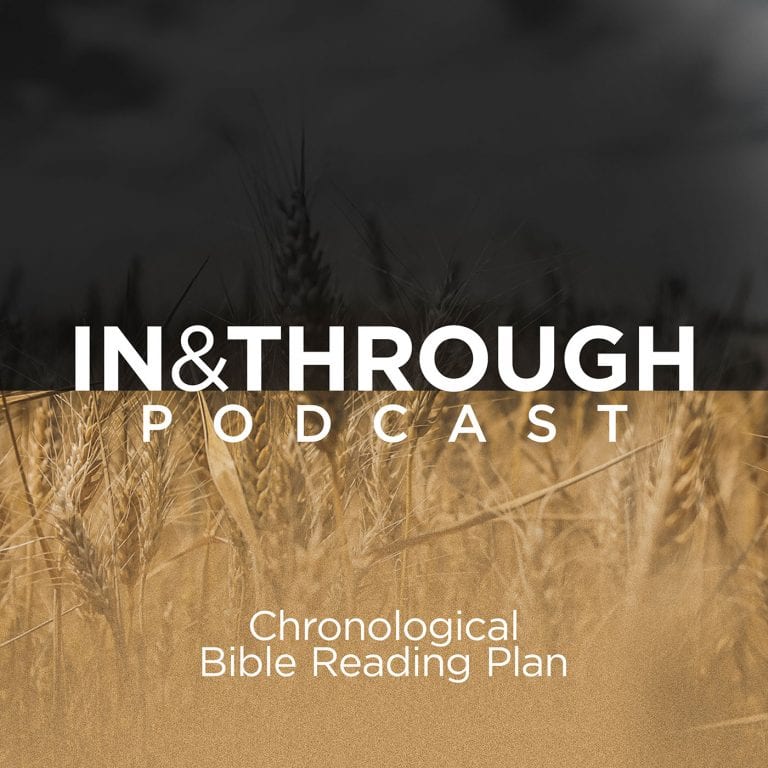Whenever you read a book, you have to take into consideration what kind of book it is. You don’t read all kinds of books the same way. For instance, you don’t read a cookbook in the same way you read a novel. And you don’t read an encyclopedia the same way you read a book of poetry. The kind of book you are reading determines how you read it.
What kind of book is the Bible?
So what kind of book is the Bible? Is it a rule book? An encyclopedia of spiritual insights and promises? A theology textbook? A collection of unrelated stories? The kind of book it is will determine how you read it. And if you don’t understand the kind of book it is, you’ll read it the wrong way and miss out on what it is actually saying.
For example, many people treat the Bible like an encyclopedia of spiritual insights and promises. Most people don’t read an encyclopedia from cover to cover, they just look for the entry on the topic that interests them. That’s how encyclopedias are meant to be read. The section on one topic isn’t related to the next topic, so you don’t need to keep reading once you have learned about the topic you are interested in. But the Bible isn’t an encyclopedia. It’s not arranged that way, so if we pick and choose verses, paragraphs, and chapters out of context, we won’t really understand what we have read.
This brings us back to our question: what kind of book is the Bible? It’s a tricky question because the Bible is such a unique book. It was written over the course of thousands of years by dozens of authors and editors. It uses several different genres of writing, historical narrative, parable, poetry, letter, sermon, prophecy, as well as census information, and lists of laws. Not to mention ancient genres like apocalypse that we don’t use at all today.
Diversity in unity
But what makes the Bible truly unique is that despite its diversity, it’s a book with amazing unity. It was written by dozens of human authors and editors over thousands of years, yet it claims to have one divine author who worked in each of these humans so that their writings were the very words of God (2 Peter 1:19-21, 2 Timothy 3:16-17). And God authored the Bible to be a single cohesive story.
Let me show you what I mean when I say that the Bible is a single cohesive story. Almost every story follows the same basic structure: Introduction, Crisis, Climax, Resolution. In the introduction, we are introduced to the world of the story, including the main character. The Crisis is a problem that disrupts the world of the story and drives the story forward as the characters try to defeat the villain or solve the mystery or meet their true love, or whatever it is. At the Climax, the problem is either dealt with and defeated or (in a tragedy) the characters are defeated by the problem. In the Resolution, the new normal for the world of the story is found and the story concludes.
The Bible follows this structure as well. The Introduction is found in Genesis 1-2. God (the main character) creates the world and it is good. He creates humans as the pinnacle of creation (they are very good) and they dwell together in harmony – God protects and loves His creation and they love and obey God. The Crisis happens in Genesis 3. A villain enters the story and disrupts the harmony between God and His creations by tempting the humans to disobey God and try to take His place. As a result, humanity is corrupted by sin. Sinful humans cannot dwell together with the Holy God, but rather they deserve death for their treason. What’s more, death and sin corrupt all of creation.
The Climax of the story of the Bible is found in the gospels. A man named Jesus claims that He is the Son of God and that He has come to rescue humanity from their sin. He lives a perfectly holy life and is the first human ever to live who doesn’t deserve death. Yet He sacrifices Himself by dying as a criminal to pay for the sins of the world. He is then raised to life by His Father, both vindicating His claims of being God’s Son and breaking the power of sin and death that have ravaged creation since the first humans disobeyed God.
The Resolution is found in Revelation 19-22. In these chapters, Jesus returns to finally defeat the ancient villain who caused the Crisis of sin. He judges those who still oppose God and gives new life to those who follow God through faith in Him. He remakes heaven and earth so that it is like it was back in Genesis 1-2, but better. And that’s the end.
The middle
That’s the story of the Bible. But you might be thinking, “You left an awful lot out. You only covered the first three chapters, the last four chapters, and a few details in the middle. What about the rest?” Well, in any story, the basic structure is filled out by Rising Action and Falling Action. In the Rising Action, the problem created by the crisis builds and the characters try to deal with it, leading to the climax.
In the Falling Action, the fallout from the climax is unpacked as the story heads towards the resolution. The Falling Action is typically pretty short (but if you have read the Lord of the Rings, you know there are exceptions). The Rising Action in the story of the Bible is everything from Genesis 4 up until Jesus dies on the cross. In other words, the Old Testament (and the beginning of the gospels) is the Rising Action. The Falling Action in the story of the Bible is everything between the resurrection and the second coming of Jesus. In other words, the bulk of the New Testament is the Falling Action.
The Rising and Falling Action of the story of the Bible unpacks God’s plan to save the world. That plan is presented in stages through a series of covenants (sacred promises) that God makes. God makes covenants to Noah (Genesis 8-9), Abraham (Genesis 15 & 17), Moses (Exodus 19-31), and David (2 Samuel 7).
Each covenant is a step in God’s plan to deal with the problem of sin. They each prepare the way for Jesus who will deal with sin completely and once and for all. The Rising Action of the story of the Bible (the Old Testament) is all about how God’s people lived in light of these covenants, waiting for God’s plan to fully unfold, and failing a lot along the way.
God also promises one more covenant in the Old Testament, the New Covenant (Jeremiah 31:31-34). This covenant will be different than the ones before because it will deal with sin once and for all. The death and resurrection of Jesus inaugurated the promised New Covenant (Luke 22:19-20). The Falling Action of the story of the Bible (the New Testament) is all about how God’s people should live in light of this New Covenant as we wait for Jesus to return and bring Resolution to the story.
And that’s the story of the Bible. God’s plan to save us from our sins and dwell with us again. Every part of the Bible is part of this story. So when you read the Bible, it’s important to read it as a story and to know how the part you are reading fits into the whole story. If you read the Bible this way, it will still be difficult at times, but you will have a deeper understanding of who God is and what He is saying to you through His word.
First published here in a similar form.







